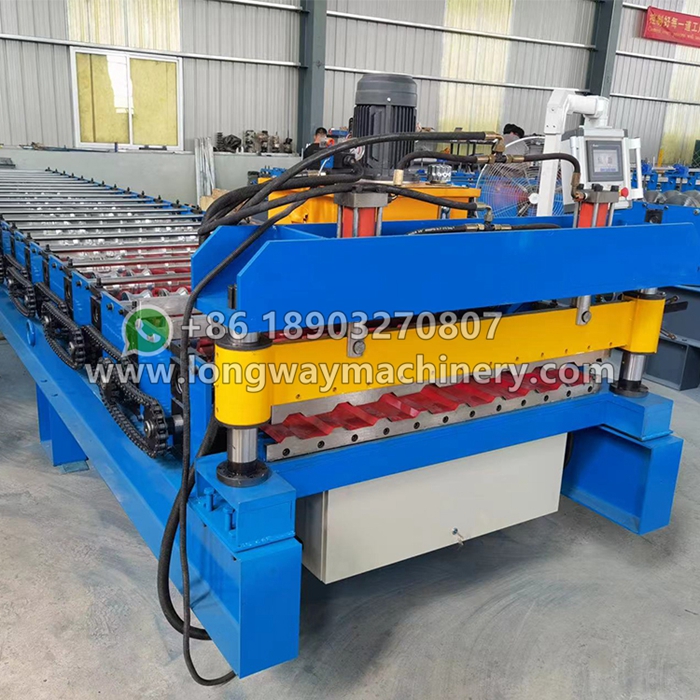Cutting and Slitting Solutions for Precision Sheet Metal Processing and Manufacturing
The Importance of Cut-to-Length and Slitting Lines in Manufacturing
In the manufacturing sector, precision, efficiency, and quality control are paramount, especially when it comes to processing metal and other materials. Among various processes used in this industry, the cut-to-length and slitting line is a critical component that serves to meet the demands of diverse production processes. This technology allows manufacturers to deliver materials in specific lengths and widths, catering to the needs of numerous applications.
Understanding Cut-to-Length and Slitting Lines
Cut-to-length lines are designed to take large coils of metal and cut them into sheets of predetermined lengths. This process not only ensures uniformity in size but also enhances the ease of handling and processing the sheets in subsequent stages of manufacturing. On the other hand, slitting lines are utilized to cut these coils into narrower strips. This capability is crucial for creating products that meet specific dimensions required for various applications, such as automotive parts, construction materials, and appliances.
Operational Efficiency
The primary benefit of cut-to-length and slitting lines lies in their operational efficiency. By automating the cutting processes, manufacturers can significantly reduce labor costs and minimize waste. High-speed lines are equipped with advanced technologies that allow for quick adjustments and precise cuts, ensuring that production runs smoothly and consistently. This not only speeds up the manufacturing process but also enhances overall productivity, allowing manufacturers to meet tight deadlines and respond effectively to market demands.
Quality Control and Consistency
cut to length and slitting line

Another vital aspect of cut-to-length and slitting lines is their role in maintaining quality control. With advanced measuring and control systems, these lines ensure that each cut is precise, minimizing scrap and optimizing material usage. Consistency is crucial in manufacturing; hence, the ability to produce materials with uniform dimensions helps in maintaining quality standards across various products. This reliability is particularly important in industries where even minor discrepancies can lead to significant issues down the line.
Flexibility and Customization
Tailoring production to meet specific customer requirements is a growing demand in today's market. Cut-to-length and slitting lines offer the flexibility needed to produce custom sizes rapidly. Manufacturers can easily adjust the parameters of the line to accommodate different materials and dimensions, ensuring that they can cater to a wide range of customer needs without significant downtime or changes to the production setup.
Environmental Impact
In an era where sustainability is paramount, the efficiencies gained from cut-to-length and slitting lines contribute positively to environmental efforts. By reducing waste and allowing for precise material usage, these lines minimize excess material consumption and, consequently, the environmental footprint of manufacturing processes. Additionally, the automation inherent in these lines reduces the likelihood of human error, further optimizing resource use.
Conclusion
In conclusion, cut-to-length and slitting lines represent a vital technology in modern manufacturing. Their ability to enhance efficiency, maintain quality, provide flexibility, and support environmental sustainability makes them indispensable for manufacturers aiming to thrive in a competitive marketplace. As industries continue to evolve and demand high-quality, customized products, these lines will play a crucial role in meeting these challenges head-on.
-
Roof Panel Machines: Buying Guide, Types, and PricingNewsJul.04, 2025
-
Purlin Machines: Types, Features, and Pricing GuideNewsJul.04, 2025
-
Metal Embossing Machines: Types, Applications, and Buying GuideNewsJul.04, 2025
-
Gutter Machines: Features, Types, and Cost BreakdownNewsJul.04, 2025
-
Cut to Length Line: Overview, Equipment, and Buying GuideNewsJul.04, 2025
-
Auto Stacker: Features, Applications, and Cost BreakdownNewsJul.04, 2025
-
Top Drywall Profile Machine Models for SaleNewsJun.05, 2025








